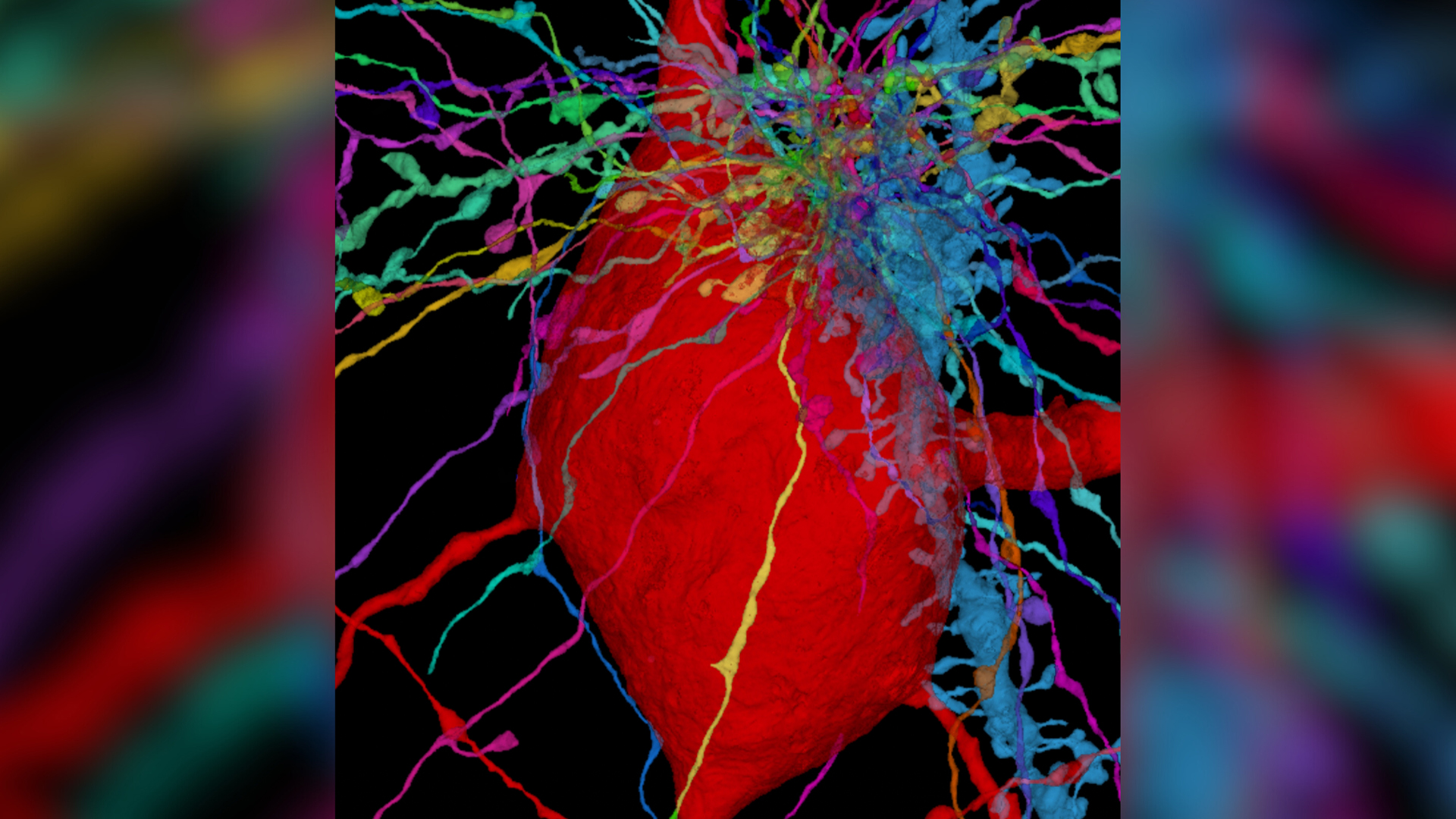
Tiny, hairlike “antennae” protrude from the surface of brain cells, and now, scientists have unveiled a detailed map of these wires across the whole human cortex. They hope the new map will guide future research into a class of diseases that cause these structures to malfunction.
The hairlike structures, known as cilia, are actually found on the surface of most eukaryotic cells, meaning complex cells that house their DNA in a nucleus. Some cilia can move; for example, cilia in the lungs collectively beat to clear the airways of harmful pathogens. Others, called primary cilia, are immobile and instead act like antennae, sensing signals from their environment and passing them to the nucleus of the cell.
